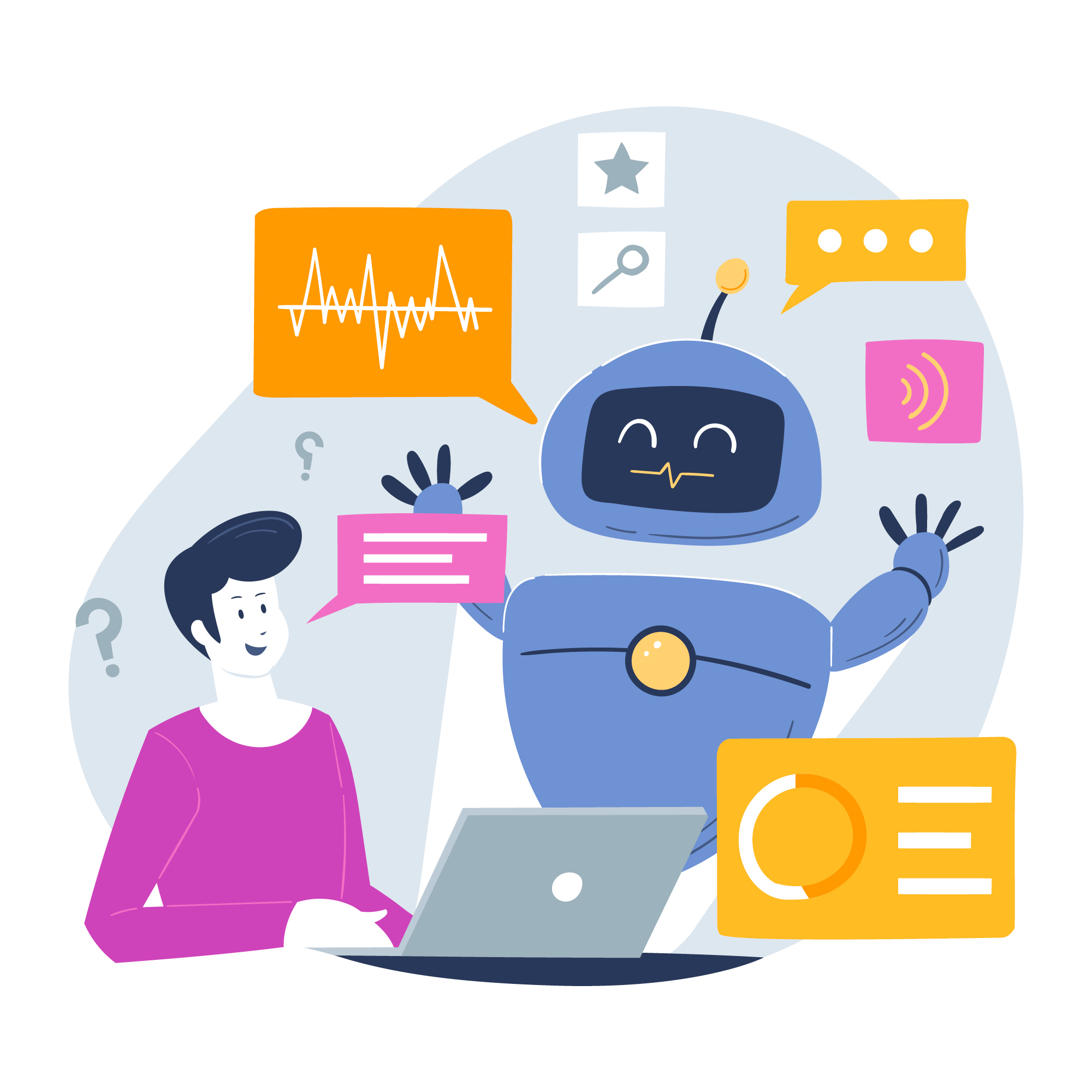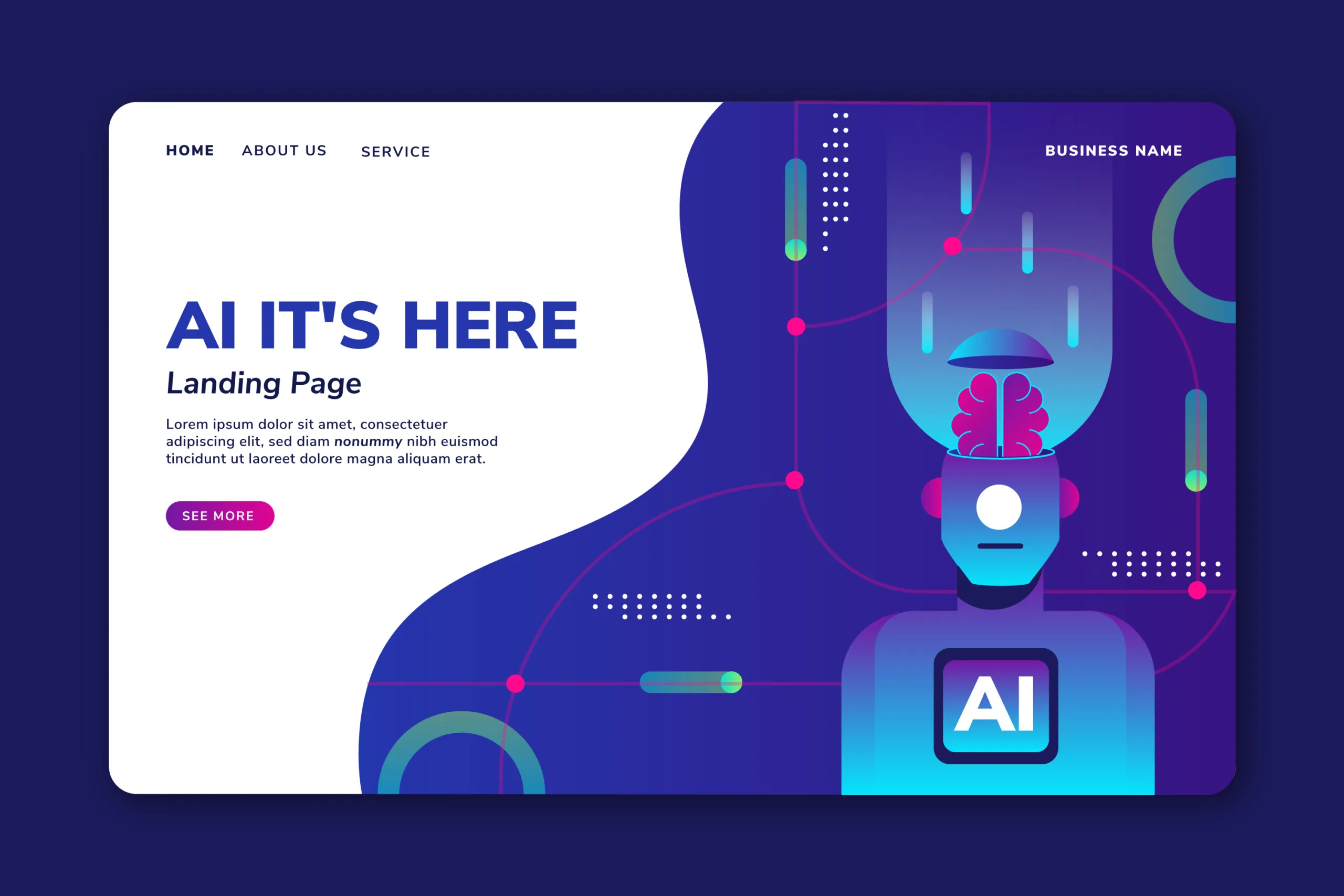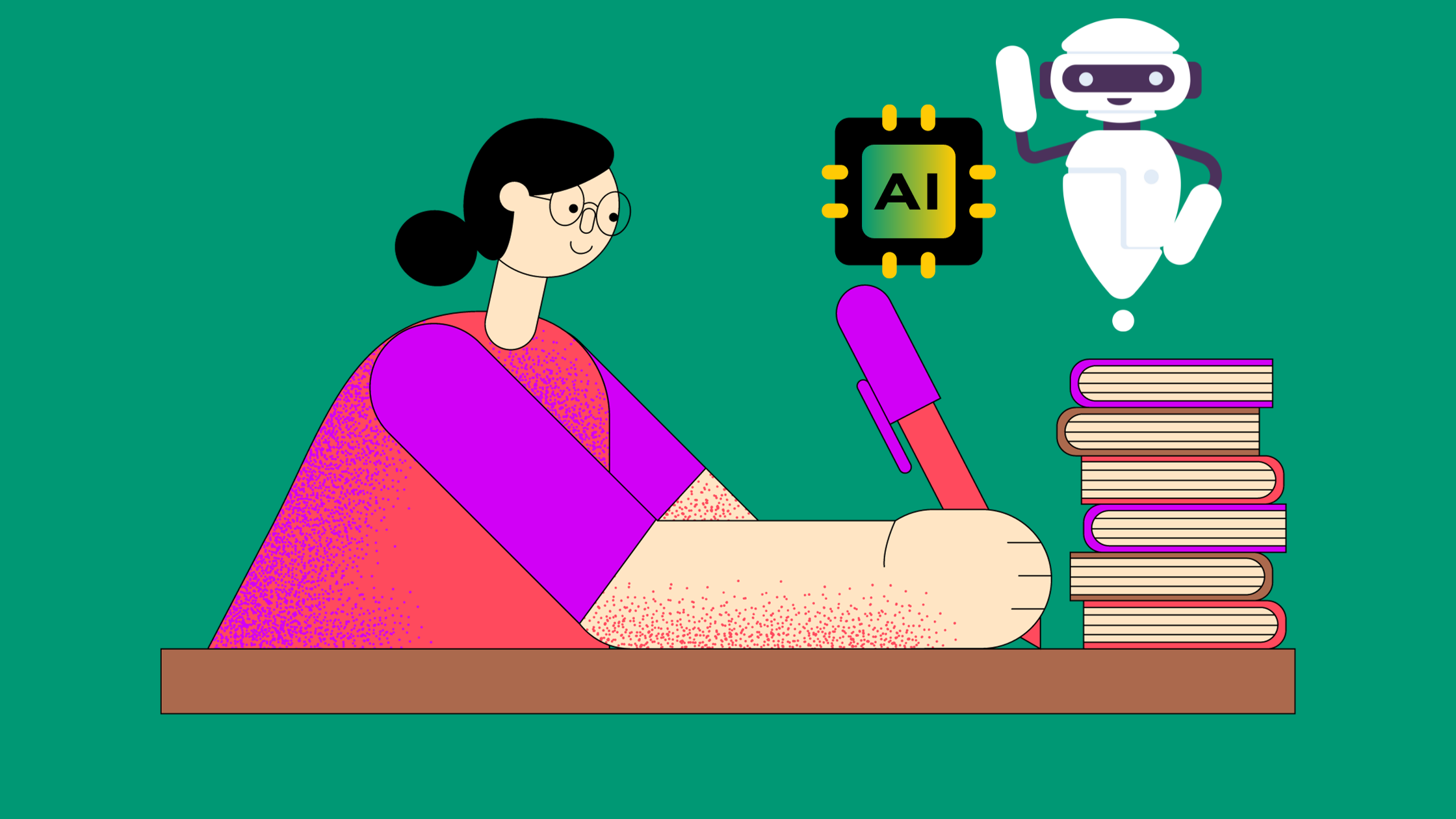Imagine a world where a student hands in an essay, flawless yet devoid of the wrinkles of human thought. Or a news article, factually accurate but chillingly devoid of journalistic grit. This isn’t science fiction, folks; it’s the reality we’re facing with the rise of sophisticated AI language models like GPT-3 and its kin. These digital wordsmiths can churn out near-human text with alarming fluency, blurring the lines between human and machine-generated content.
Enter the GPT0-AI detectors, the digital sleuths of the textual realm. These tools are emerging as the knights in shining armor, tasked with unmasking the AI imposters and safeguarding the integrity of written communication. But as with any hero’s journey, theirs is fraught with challenges and uncertainties.
Contents
The AI Arms Race: A Statistical Snapshot
The rise of AI-powered content creation is undeniable. According to a recent report by Statista, the global AI content generation market is expected to reach a staggering $42.2 billion by 2027, a fivefold increase from 2022. This exponential growth is fueled by the ever-evolving capabilities of these models. GPT-3, for instance, boasts an impressive 175 billion parameters, allowing it to mimic human writing with uncanny accuracy.
But with great power comes great responsibility. The potential for AI-generated content to be misused for plagiarism, misinformation, and even spam is a growing concern. A study by the University of Washington found that AI could be used to create fake news articles indistinguishable from human-written ones, with potentially dire consequences for public discourse.
Enter the GPT0-AI Detectors: A Ray of Hope (with Caveats)
This is where GPT0-AI detectors come in. These tools analyze textual data for telltale signs of AI authorship, such as repetitive sentence structures, unusual word choices, and statistical inconsistencies in language patterns. Some popular detectors include GPTZero, ZeroGPT, and AI Content Detector, each with its own strengths and weaknesses.
The results are promising. A recent study by Stanford University showed that GPTZero could correctly identify AI-generated text with an accuracy of up to 92%. This is a significant step forward in the fight against AI-powered deception.
However, the battle is far from over. As AI models continue to evolve, so too must the detection tools. The cat-and-mouse game between creators and detectors is a constant dance, with each side pushing the boundaries of technology.
The Challenges Ahead: Bias, Transparency, and the Future of Text

Image by storyset on Freepik
Several key challenges remain. Firstly, GPT0-AI detectors themselves can be susceptible to bias, potentially misidentifying certain writing styles or languages as AI-generated. This raises concerns about fairness and inclusivity, particularly in contexts where marginalized voices are already under-represented.
Secondly, the lack of transparency in how these tools work can be problematic. Without a clear understanding of the algorithms used and their limitations, it can be difficult to trust their results. This lack of transparency can also hinder efforts to improve the accuracy and fairness of these detectors.
Explore This Tool for 99% AI Content Detection Accuracy and see how it can revolutionize your content verification process. Backed by extensive research and user testimonials, this tool is designed to meet the highest standards of accuracy.
Finally, the widespread adoption of AI content generation raises profound questions about the future of text itself. Will the value of human authorship diminish in a world where machines can produce near-flawless writing? How will we distinguish between genuine creativity and AI-powered mimicry?
Conclusion: A Call for a Balanced Future
The rise of GPT0-AI detectors is a necessary response to the growing challenges posed by AI-powered content creation. However, it’s crucial to approach this issue with caution and critical awareness. We must strive for detectors that are accurate, unbiased, and transparent. More importantly, we need to have open conversations about the role of AI in writing and communication, ensuring that it complements human creativity rather than replaces it.
The future of text is not a battle between humans and machines, but a collaboration. Let’s harness the power of AI while safeguarding the integrity and value of human expression. Only then can we ensure that the pen, both digital and analog, remains a powerful tool for creativity, connection, and understanding.
Sources:
Featured image by Freepik
Disclosure: Some external links in the post are affiliate links.
Today’s Happiness Story:







